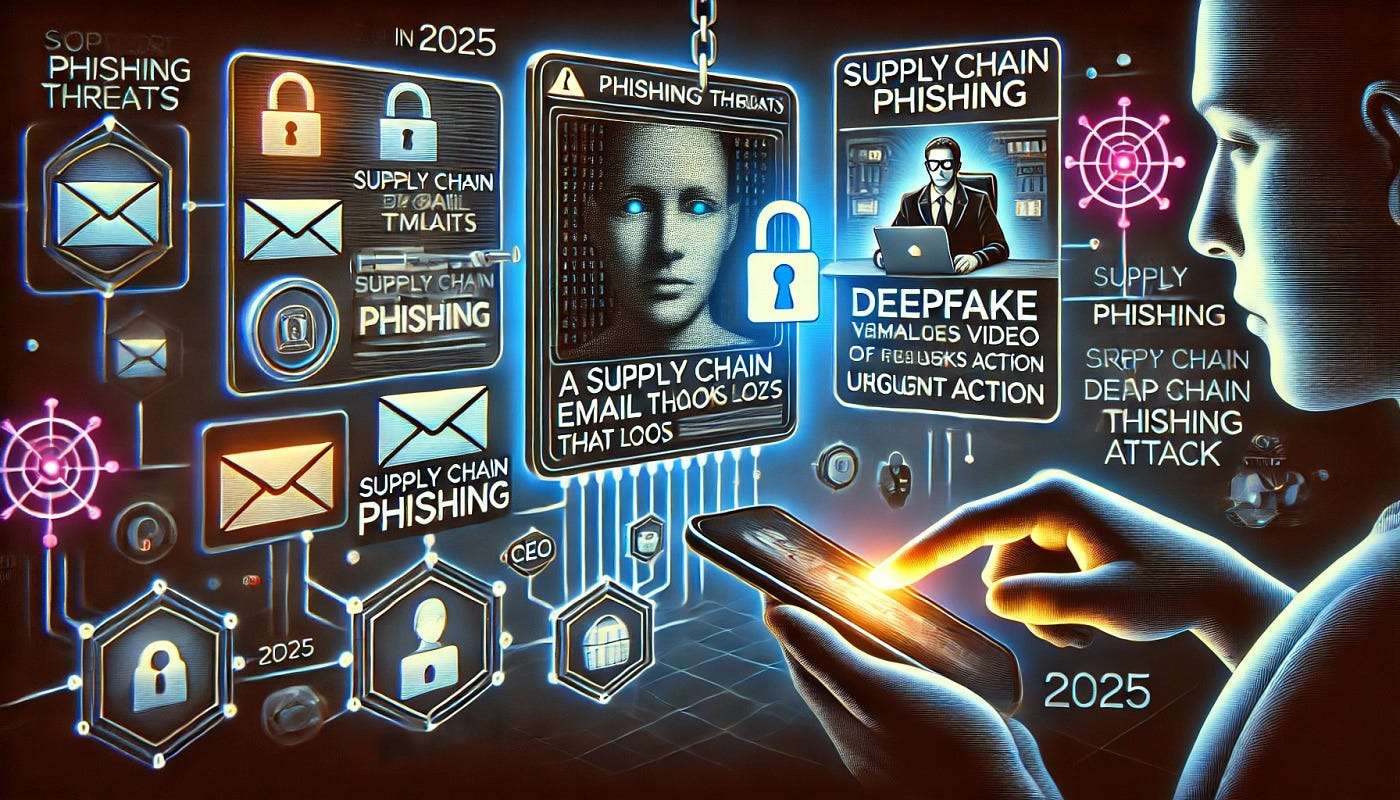Phishing isn’t just an annoyance anymore it’s a full-blown epidemic. In 2025, cybercriminals are deploying attacks so sophisticated that even multi-factor authentication (MFA) and single sign-on (SSO) can’t always stop them. According to recent data, 67.4% of phishing attacks now use AI to craft hyper-personalized scams, while 84.2% bypass DMARC authentication, one of the most common email security protocols 1.
What’s driving this surge? Three key factors:
- AI-Powered Phishing Kits: Attackers use generative AI to mimic real communications, making fake emails nearly indistinguishable from legitimate ones. Some even clone voices in deepfake calls to trick employees into handing over credentials 5.
- DNS & CAPTCHA Bypasses: Cybercriminals manipulate domain names and embed CAPTCHAs in phishing pages to evade automated detection tools 9.
- Supply Chain Compromises 44% of phishing emails now come from hacked accounts, often within a target’s own vendor network, making them far harder to block 1.
The result? 95% of cybersecurity leaders admit they’re stressed about email security—and for good reason 1.
Why MFA and SSO Are Failing
Multi-factor authentication (MFA) and single sign-on (SSO) were once considered the gold standard for security. But in 2025, they’re no longer foolproof.
- MFA Fatigue Attacks: Hackers spam users with MFA prompts until they accidentally approve one. In some cases, 83% of account takeovers bypass MFA entirely 1.
- SSO Exploits: If a hacker compromises an SSO login, they gain access to every connected app making breaches far more devastating 10.
- Phishing-Resistant MFA Is Rare: While FIDO security keys and biometric logins are more secure, most companies still rely on SMS or email-based MFA, which attackers easily circumvent 3.
Luke Jennings, VP of R&D at a leading cybersecurity firm, warns: “Attackers aren’t just breaking defenses they’re walking right through them. Legacy security controls were built for yesterday’s threats, not today’s AI-driven attacks.”
The New Phishing Playbook: How Attackers Are Winning
Cybercriminals have refined their tactics, and traditional security teams are struggling to keep up. Here’s what’s changing:
1. QR Code Phishing (“Quishing”) Is Exploding
Once rare, QR code phishing now makes up 10.8% of attacks, with fake login pages embedded in scanned codes 1. Employees often don’t suspect a harmless QR code until it’s too late.
2. Multi-Channel Attacks Are the New Norm
Phishers no longer rely just on email. They follow up with Microsoft Teams (30.8%), Slack (19.2%), or SMS (18.6%) to pressure victims into clicking 1.
3. AI-Generated Polymorphic Phishing
Using AI, attackers tweak phishing emails just enough to evade detection filters. 76.4% of phishing campaigns now use polymorphic techniques, making them nearly impossible to block with traditional tools 9.
How to Fight Back: A Proactive Defense Strategy
Waiting for a breach to happen isn’t an option. Here’s what experts recommend:
Adopt Phishing-Resistant MFA: Ditch SMS-based codes for FIDO security keys or biometric authentication 3.
Train Employees with Realistic Simulations – Companies that run phishing drills see an 86% drop in click rates over time 4.
Monitor for Compromised Accounts: Since 58% of organizations faced account takeovers last year, real-time detection is critical 1.
Upgrade Beyond Secure Email Gateways (SEGs) 91% of security leaders are ditching SEGs for AI-driven detection that catches evolving threats 1.
The Bottom Line: Adapt or Get Hacked
Phishing in 2025 isn’t just about fake emails it’s a psychological and technological arms race. As AI makes attacks more convincing, businesses must shift from reactive defenses to continuous, adaptive security.
The stakes? $4.88 million per breach on average, not to mention reputational damage 8. The question isn’t if your defenses will be tested it’s when.
Discover more from CyberAwareHub
Subscribe to get the latest posts sent to your email.

